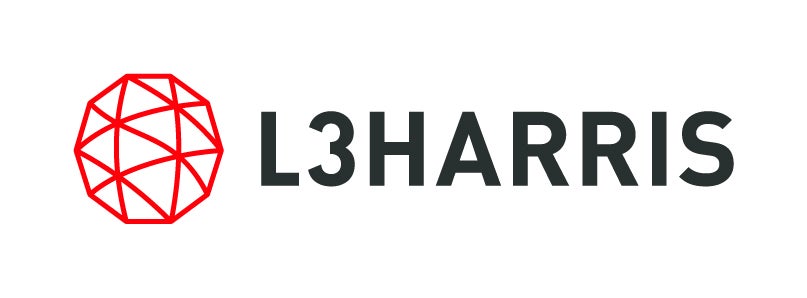L-3 MAPPS has announced that the Olkiluoto 3 (OL3) nuclear power plant full scope simulator (FSS), the first-ever FSS for an EPR™ plant, passed preliminary acceptance testing on 9 September in Olkiluoto, Finland. The 12 September ceremony marking the event was attended by the direct project client, AREVA, the owner of the plant, Teollisuuden Voima Oy (TVO), and L-3 MAPPS.
In cooperation with AREVA, L-3 MAPPS successfully delivered, installed and commissioned the FSS in early July 2011. AREVA is now using the FSS to support training exercises.
"We are thrilled to be part of the team that has made the very first Generation III+ plant full scope simulator operational," said Michael Chatlani, vice president of L-3 MAPPS Power Systems and Simulation. "Working closely with our teammates to overcome a host of technical complexities, this achievement marks a significant breakthrough in the nuclear power plant simulation field."
During the first phase of OL3 FSS acceptance testing, a battery of tests was performed and approved covering normal operations – from cold shutdown to 100% full power, and from 100% full power to hot, intermediate and cold shutdown, as well as for mid-loop operations and core performance. In addition, numerous transient tests were successfully demonstrated.
The OL3 FSS runs on L-3 MAPPS’ state-of-the-art Orchid® simulation environment, which features advanced instructor station capabilities and a proven Windows-based graphical simulation environment. L-3 MAPPS has supplied plant models for the reactor, thermal-hydraulic systems, conventional plant hydraulic systems and electrical systems, as well as certain instrumentation and control (I&C) systems not controlled by the digital control systems (DCS). The L-3 MAPPS simulation environment is coupled with AREVA- and Siemens-supplied DCSs, replica control room panels, and a stimulated human-machine interface system. The safety system’s DCS is AREVA’s Teleperm XS, and the operational I&C DCS system is Siemens’ SPPA-T2000 with an OM690 human-machine interface.

